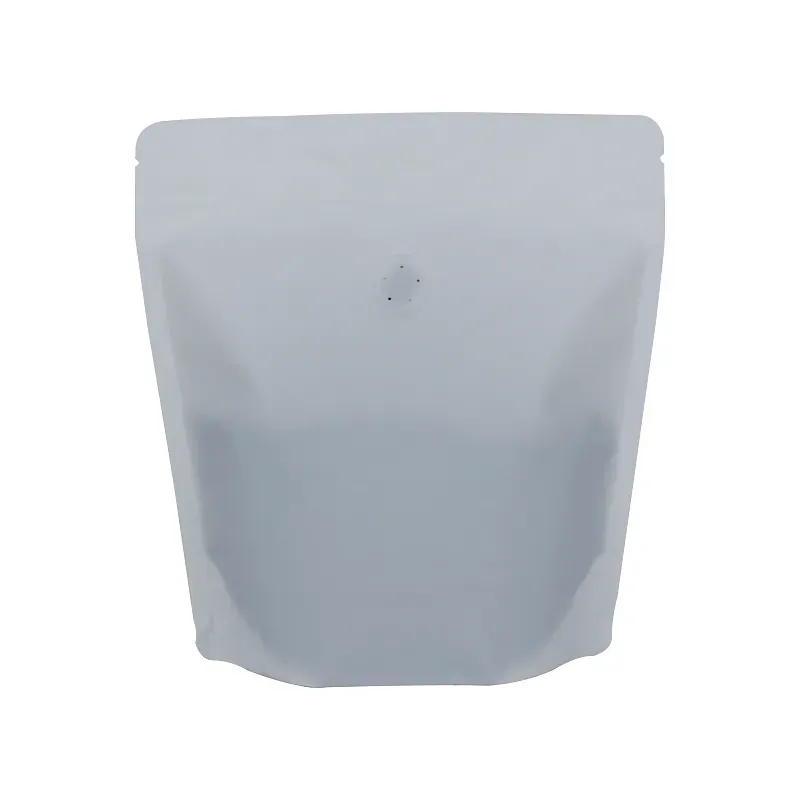- Afrikaans
- Albanian
- Amharic
- Arabic
- Armenian
- Azerbaijani
- Basque
- Belarusian
- Bengali
- Bosnian
- Bulgarian
- Catalan
- Cebuano
- chinese_simplified
- chinese_traditional
- Corsican
- Croatian
- Czech
- Danish
- Dutch
- English
- Esperanto
- Estonian
- Finnish
- French
- Frisian
- Galician
- Georgian
- German
- Greek
- Gujarati
- haitian_creole
- hausa
- hawaiian
- Hebrew
- Hindi
- Miao
- Hungarian
- Icelandic
- igbo
- Indonesian
- irish
- Italian
- Japanese
- Javanese
- Kannada
- kazakh
- Khmer
- Rwandese
- Korean
- Kurdish
- Kyrgyz
- Lao
- Latin
- Latvian
- Lithuanian
- Luxembourgish
- Macedonian
- Malgashi
- Malay
- Malayalam
- Maltese
- Maori
- Marathi
- Mongolian
- Myanmar
- Nepali
- Norwegian
- Norwegian
- Occitan
- Pashto
- Persian
- Polish
- Portuguese
- Punjabi
- Romanian
- Russian
- Samoan
- scottish-gaelic
- Serbian
- Sesotho
- Shona
- Sindhi
- Sinhala
- Slovak
- Slovenian
- Somali
- Spanish
- Sundanese
- Swahili
- Swedish
- Tagalog
- Tajik
- Tamil
- Tatar
- Telugu
- Thai
- Turkish
- Turkmen
- Ukrainian
- Urdu
- Uighur
- Uzbek
- Vietnamese
- Welsh
- Bantu
- Yiddish
- Yoruba
- Zulu
Unit of Measurement for Micrometers and Their Practical Applications
Understanding Microns The Essential Unit of Measurement
In the realm of science and industry, precision is paramount. One of the fundamental units that facilitate this precision is the micron, a unit of measurement that plays a crucial role across various fields, from particle physics to engineering to biology. A micron, or micrometer (μm), is equivalent to one-millionth of a meter (0.000001 meters) or approximately 0.00003937 inches. This seemingly minuscule measurement is significant in understanding and manipulating the world at a microscopic scale.
The Origins and Definition of Micron
The term micron originated from the Greek word mikros, meaning small. The metric system, which includes the micron, was developed in the late 18th century as a universal means of measurement, allowing for greater standardization and communication in scientific endeavors. The micron is particularly useful in defining the size of particles, fibers, and microorganisms, which often exist in dimensions that are difficult to perceive with the naked eye.
Applications of Microns
The micron has various applications across different fields
1. Biology and Medicine In the biological sciences, microns are used to measure cells and microorganisms. For instance, a typical human red blood cell is approximately 7-8 microns in diameter. Understanding the size of pathogens, such as bacteria and viruses, is crucial in medicine; for example, the influenza virus measures about 0.1 microns. This knowledge plays an essential role in diagnostics and the development of medical treatments.
unit for microns

2. Material Science and Engineering In materials engineering, the micron scale is vital for assessing the properties of materials. The strength, flexibility, and other critical attributes of materials often depend on their microstructural features, which can be measured in microns. Moreover, the manufacturing processes of various components, particularly in industries like aerospace and electronics, often require precision at the micron level to ensure functionality and safety.
3. Environmental Science The micron is also significant in the study of pollutants and particulate matter in the atmosphere. Air quality is often assessed by measuring particles with diameters less than 10 microns (PM10) and less than 2.5 microns (PM2.5). These particles can penetrate deep into the lungs, impacting human health. Understanding their size and distribution is essential for developing environmental policies and public health initiatives.
4. Food and Beverage Industry In the food industry, micron measurements are important for ensuring quality and safety. For instance, the size of food particles can affect texture and mouthfeel, while the microbiological analysis of food products often employs microscopic measurements to detect pathogenic organisms.
Measuring in Microns
To measure objects in microns, various techniques and tools are utilized. Optical microscopes can magnify samples to reveal details at the micron level. Scanning electron microscopes (SEM) and atomic force microscopes (AFM) provide even more advanced methods, allowing scientists to visualize and manipulate materials at an atomic and molecular level. Additionally, specific calibration standards and particle size analyzers are used in laboratories to ensure accurate measurements.
Conclusion
As a unit of measurement, the micron is indispensable in modern science and industry. Its applications span diverse fields, enabling advancements in healthcare, engineering, environmental science, and food safety. The ability to measure and understand phenomena at the micron level not only aids researchers and industries in their work but also ensures that we continue to innovate and improve in a world where precision and accuracy are increasingly vital. By recognizing the significance of the micron, we appreciate how this tiny unit yields enormous implications for the broader understanding and manipulation of the world around us.













